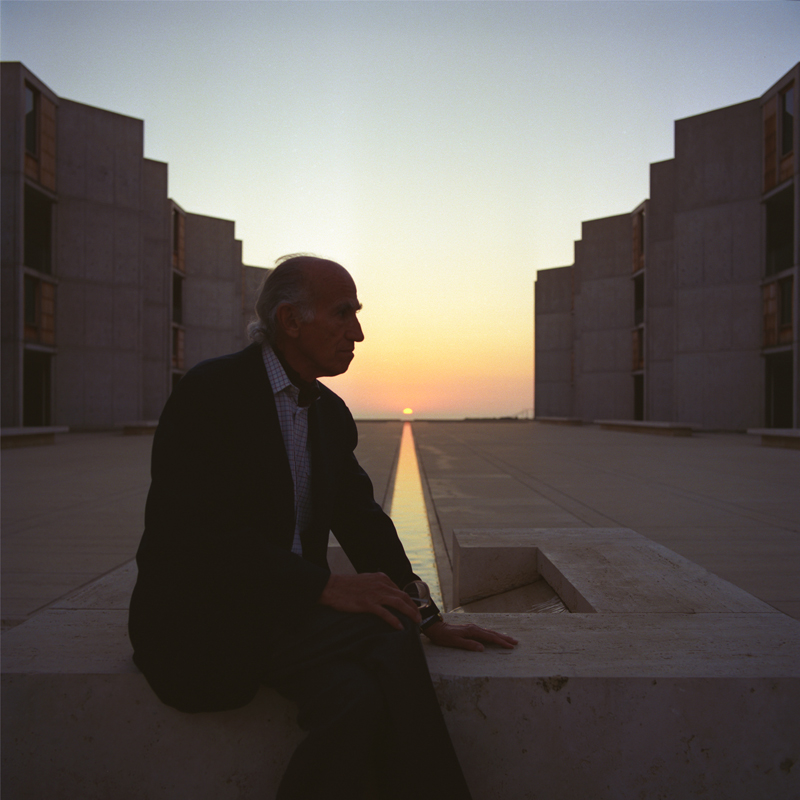About Jonas Salk

Jonas Edward Salk was born October 28, 1914 in New York City, the eldest of three sons to Russian-Jewish immigrants Daniel and Dora Salk. The first member of his family to attend college, he earned his medical degree from the New York University School of Medicine in 1939 and became a scientist physician at Mount Sinai Hospital.
In 1942, Salk went to the University of Michigan on a research fellowship to develop an influenza vaccine. He soon advanced to the position of assistant professor of epidemiology. He also reconnected with his NYU friend and mentor, Thomas Francis, Jr., head of the epidemiology department at Michigan’s new School of Public Health, who taught him the methodology of vaccine development.
In 1947, Salk was appointed director of the Virus Research Laboratory at the University of Pittsburgh School of Medicine. With funding from the National Foundation for Infantile Paralysis—now known as the March of Dimes Birth Defects Foundation—he began to develop the techniques that would lead to a vaccine to wipe out the most frightening scourge of the time: paralytic poliomyelitis.
Contrary to the era’s prevailing scientific opinion, Salk believed his vaccine, composed of “killed” polio virus, could immunize without risk of infecting the patient. Salk administered the vaccine to volunteers who had not had polio, including himself, his lab scientist, his wife and their children. All developed anti-polio antibodies and experienced no negative reactions to the vaccine.
In 1954, national testing began on one million children, ages six to nine, who became known as the Polio Pioneers. On April 12, 1955, the results were announced: the vaccine was safe and effective. In the two years before the vaccine was widely available, the average number of polio cases in the U.S. was more than 45,000. By 1962, that number had dropped to 910. Hailed as a miracle worker, Salk never patented the vaccine or earned any money from his discovery, preferring it be distributed as widely as possible.
Founding the Salk Institute for Biological Studies in La Jolla in 1963 was Salk’s second triumph. He was aided with a $20 million grant from the National Science Foundation and support from the March of Dimes.
Salk died on June 23, 1995 at the age of 80 in La Jolla, California. His life’s philosophy is memorialized at the Institute with his now famous quote: “Hope lies in dreams, in imagination and in the courage of those who dare to make dreams into reality."